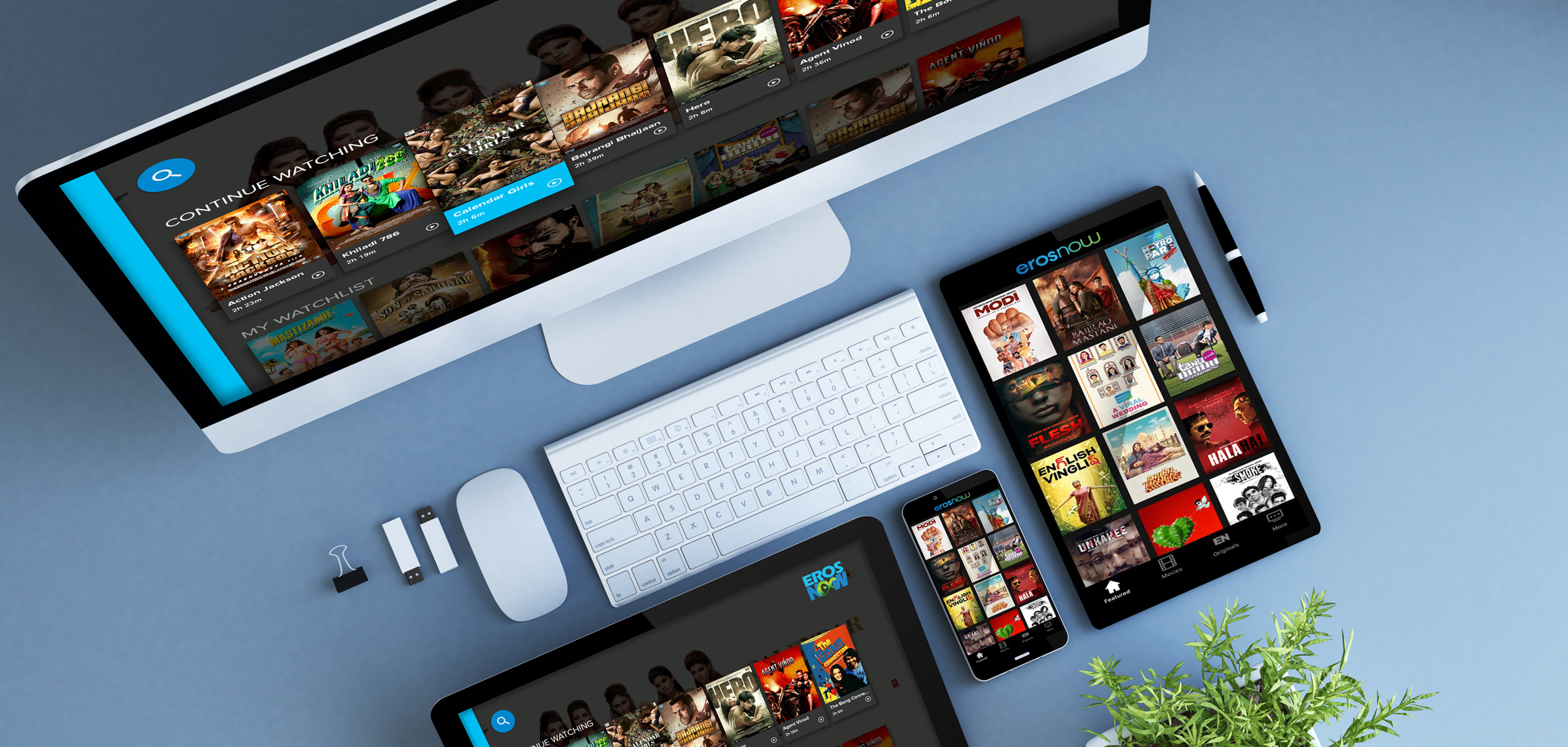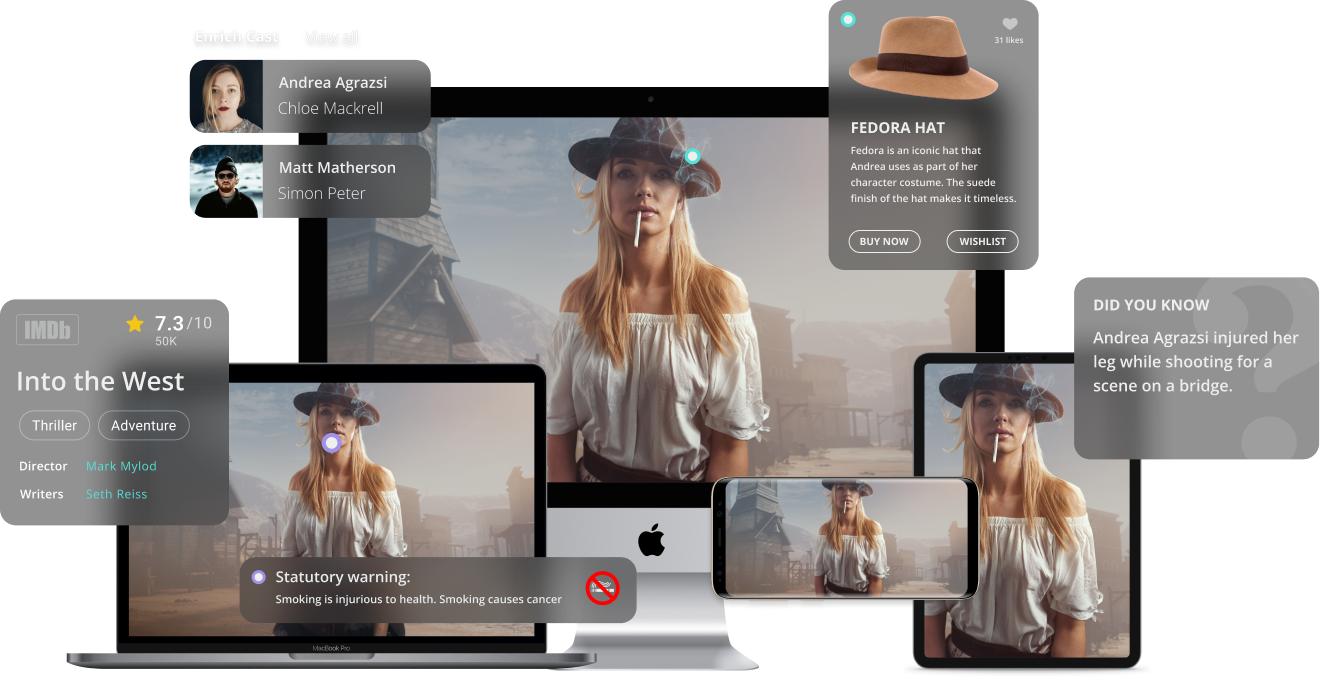BLOG

Author : Murali Manohar
Date: 13 January 2024
For the viewers, it might just be the play button. By clicking on it, anyone can start playing a video without caring about it much. But what if the video doesn’t play on click and takes longer than usual to start a video playback? As a viewer, one can be angry or frustrated with waiting or stop playing that streaming platform.
But how would it affect business?
The user experience would take a back seat, resulting in a downfall in the number of viewers. How do you skip that?
A video player is a software application that allows video playback on various devices and networks. It provides quality streaming and an enhanced viewing experience with multiple features and elements.
Though we have always talked about content, cinematography, performance, and other creative things regarding video streaming, a technical glitch is something the streaming platforms can’t ignore. Maintaining that, along with other technological aspects, such as encoding, decoding, and integrating a video player, is the ultimate way to reach the content to the viewers.
Choosing a video player is crucial for any streaming platform. Whether it’s an Open-source video player or a Commercial video player, performance plays a key role.
What do you think will be the best for your streaming journey?

Open-source players are cost-effective and easy to integrate. No doubt people choose these players worldwide, and they are popular also. Video players such as VLC, MPV, SMPlayer, and ExMPlayer are a few of the popular Open-source video players.
On the other hand, streaming platform giants such as Netflix, Amazon Prime, and Disney+ Hotstart prefer to have Commercial video players over the free ones anytime. Why?
Reliability
Commercial video players are reliable for cross-platform video playing. They are efficient and offer on-demand updates.
Open-source video players, on the other hand, lack efficiency. The updates are not time-bound or priority-based and do not provide quick solutions. So, the operators can only hope for the time the player is updated, and the existing bugs are fixed.
Use of Latest Technology
Commercial video players offer the latest technology and can be modified accordingly. Be it the insertion of new features, analytics, viewing experience, or tracking, these players offer it all on demand.
In open-source video players, one needs to wait for the update to avail of the new technology insertion. There is a visible lack of functionalities such as analytics, improvement of viewing experience or tracking data.
Easy Integration
Streaming platforms always look for a player that can be integrated into existing applications without any hassle. Commercial video players are made in such a way to integrate with all the applications across.
On the other hand, open-source video players need different functionalities to be integrated into many existing applications. The applications must often be relooked and reformed to make players integrate properly.

Cost Effectiveness
Commercial video players are efficient and packed with features that deal with easy integration, updating, and all the deployment and post-deployment features. Thus, operators hardly worry about any hidden or future costs for any future update or version release.
Open-source video players require a team to manage every update and release. Thus, an in-house team is necessary, or platforms must be outsourced to deal with the releases and integrations, which is both expensive and time-consuming.
Compatibility and Security
Commercial video players are built in professional space. A dedicated team maintains, updates, and develops the players, ensuring compatibility with the devices across. It also ensures security against cyber threats by time-to-time updates using the latest technologies.
On the other hand, open-source video players often lack compatibility with other software and hardware devices. Also, as it is open to all users, these video players often cannot address the security vulnerabilities and have risk potential.
Last but not the least,
Customer Support
While Commercial video players offer on-demand customer support because of their high commitment and well-organized professional space, you might not avail of the same in the case of an Open-source video player.
Open-source video players are not maintained and updated as the commercial ones and are built by a large number of developers. Which often makes it difficult to connect and avail of customer support for any specific issue.

Choosing a video player crucially depends on what platform you are working for. If it is a small platform with minimal optimization required, Open-source video players could be an easy and cost-effective solution.
But for a global platform with immense viewership, it would require you to think about your player carefully. You would need a customizable solution. Timely updating, integrating, and fixing bugs shouldn’t be a problem.
Commercial video players such as Logix Player and others provide you with the solution with advanced technology integration. These players are updated with the latest features, such as adaptation to higher resolution and low start-up time.
Such video players also provide the latest ad-integration features with monetization, synced streams throughout devices and networks, easy and fast channel switching, etc.
Write to us at [email protected] to learn more about video players and the latest technological evolution.
Also read: Low Latency: Advantages and Challenges
SHARE THIS ARTICLE
Stay up to date on latest trend in video tech
Related Posts
ALL RIGHTS RESERVED © LOGITUIT 2024
To provide the best experiences, logituit.com use technologies like cookies to store and/or access device information. Consenting to these technologies will allow us to process data such as browsing behaviour or unique IDs on this site. Not consenting or withdrawing consent, may adversely affect certain features and functions.